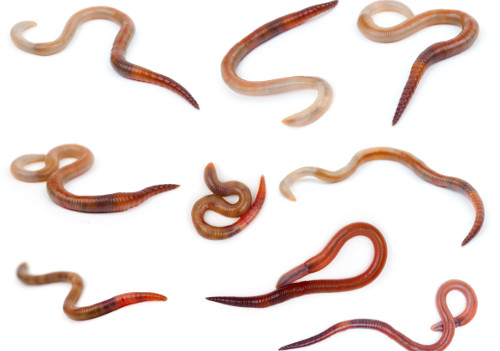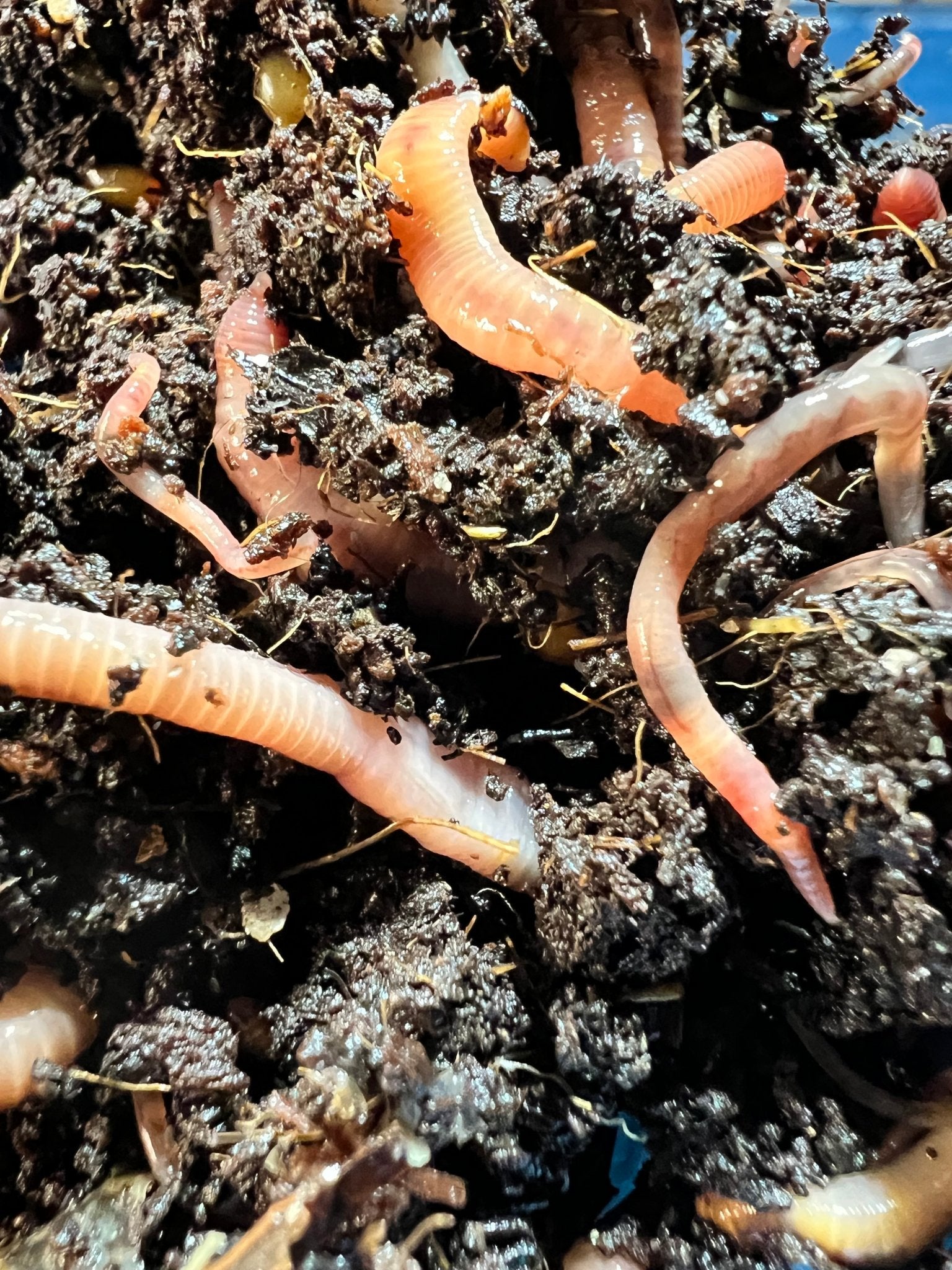Red Wiggler Worms Demystified: Unlocking the Keys of Vermiculture for Greener Living and Nutrient-Rich Soil
In the world of lasting methods for enhancing dirt high quality and promoting eco-conscious living, red wiggler worms play a critical yet commonly neglected duty. These humble creatures have the impressive ability to transform organic waste right into nutrient-rich spreadings that work as a powerful natural fertilizer. By diving right into the world of vermiculture, one can uncover a huge selection of benefits that extend much beyond traditional composting methods. Understanding the intricacies of caring for these worms, optimizing their atmosphere, and harnessing their castings can cause a greener way of life and much healthier soil for plants to flourish.
The Duty of Red Wiggler Worms
Red Wiggler worms play an essential duty in composting systems by efficiently damaging down raw material into nutrient-rich castings. These starved eaters eat a variety of natural materials, such as kitchen area scraps, yard waste, and paper items. As they feed, the worms' digestion processes damage down the raw material right into a penalty, dark, and nutrient-dense product called worm castings or vermicompost.
The spreadings created by Red Wiggler worms are very beneficial for soil wellness and plant development. They are abundant in important nutrients like potassium, phosphorus, and nitrogen, which are important for supporting healthy plant advancement. Additionally, worm castings consist of advantageous microbes and enzymes that assist improve dirt structure, boost water retention, and improve nutrient uptake by plants.
Advantages of Vermicomposting

Furthermore, vermicompost, the nutrient-rich end item of vermicomposting, offers as a superb organic fertilizer and dirt conditioner. It improves soil framework, enhances dirt oygenation, and raises dirt dampness retention. These residential or commercial properties add to much healthier plants with more powerful root systems and much better resistance to conditions and insects. Vermicompost additionally enhances the soil with crucial nutrients like nitrogen, potassium, and phosphorus, advertising plant growth and total soil fertility.
Additionally, vermicomposting supports sustainable horticulture methods by providing a natural and chemical-free option to artificial plant foods. Red Wiggler Worms. This eco-friendly technique not only enriches the dirt yet additionally helps in reducing dependence on harmful chemicals, advertising a greener and a lot more lasting method of gardening
Establishing Up a Worm Bin
When developing a worm container for vermicomposting, correct configuration is critical to ensure the success of the composting process. The very first action in establishing a worm container is choosing an ideal container. This can be a plastic bin or wood box that offers adequate room for the worms to move and has appropriate drain openings to avoid waterlogging. Next off, a bed linen material such as shredded paper, cardboard, or coconut coir must be added to the container. This bed linen gives a comfortable environment for the worms and helps keep moisture levels.
After adding the bed linen, present the red wiggler worms to the container. The worms should after that be supplied with food scraps such as fruit and vegetable peels, coffee grounds, and eggshells.
Frequently check the moisture degrees and temperature level in the worm bin to guarantee ideal conditions for the worms. With appropriate arrangement and maintenance, the worm container will effectively convert organic waste right into nutrient-rich compost for your plants and yard.
Gathering Worm Castings
To successfully he said collect nutrient-rich worm spreadings from your vermicomposting system, a systematic harvesting method is vital. When it comes time to gather the worm spreadings, there are a couple of vital actions to follow to make certain an effective process. Quit adding fresh food scraps to one side of the worm bin for a couple of weeks prior to gathering. This urges the worms to move sideways with fresh bedding and food, making it less complicated to dig the spreadings from the various other side.

Troubleshooting Common Issues
Identifying and dealing with typical challenges that may arise during the vermicomposting process is essential for maintaining a healthy and balanced and effective worm bin. Adding excess food scraps can lead to a buildup of wetness and acidity in the worm bin, potentially hurting the worms. Another problem is undesirable smells rising from the worm container.
Additionally, if the worm populace is decreasing or the worms appear unhealthy, maybe as a result of ecological stress factors such as extreme temperatures or pH levels. Monitoring these factors and making essential adjustments is necessary for the health of the worms. By troubleshooting these common problems promptly, vermicomposters can make sure a smooth and successful vermicomposting procedure while keeping a growing worm populace.

Final Thought
Finally, red wiggler worms play an important function in vermiculture by breaking down organic issue into nutrient-rich soil. The benefits of vermiculture consist of greener living and improved soil quality. Setting up a worm bin is necessary for effective vermiculture, and gathering worm check it out castings provides Source valuable compost for gardening. By comprehending and fixing typical concerns, people can open the keys of vermiculture for sustainable living and much healthier soil.
As they feed, the worms' gastrointestinal procedures damage down the natural issue right into a fine, dark, and nutrient-dense product understood as worm castings or vermicompost.
The spreadings generated by Red Wiggler worms are extremely useful for dirt health and plant development. Adding excess food scraps can lead to a build-up of wetness and acidity in the worm container, possibly hurting the worms.Additionally, if the worm populace is declining or the worms appear unhealthy, it can be due to environmental stress factors such as extreme temperatures or pH degrees. Setting up a worm container is essential for effective vermiculture, and harvesting worm spreadings supplies beneficial compost for horticulture.